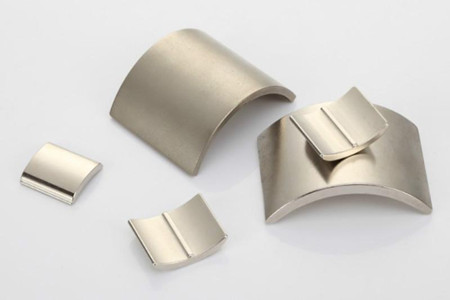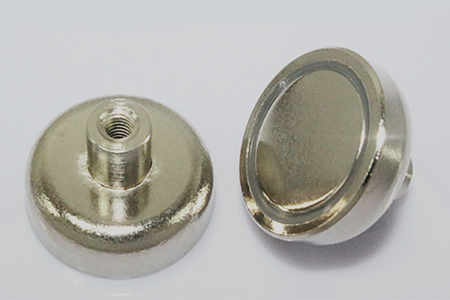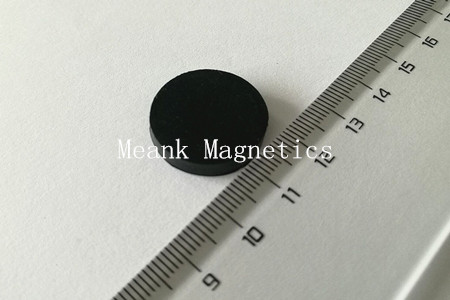The working environment of wind turbines is very harsh and must be able to withstand the test of high temperature, severe cold, sandstorm, humidity and even salt spray. The design life of wind turbines is usually 20 years. At present, sintered NdFeB permanent magnets are used in small wind turbines and megawatt permanent magnet wind turbines. In this article, let's take a closer look at the specific application of neodymium magnets in wind turbines.
The main phase of the sintered NdFeB alloy is the intermetallic compound Nd2Fe14B, and its saturation magnetic polarization (Js) is 1.6T. Since the sintered NdFeB permanent magnet alloy is composed of the main phase Nd2Fe14B and the grain boundary phase, and the grain orientation of Nd2Fe14B is limited by the process conditions, the current magnet remanence can reach 1.5T.
The demagnetization curve of NdFeB at room temperature resembles a straight line. Therefore, when designing permanent magnet motors, high-grade NdFeB magnets are often used to obtain higher air gap magnetic density. When the motor is running, due to the alternating demagnetization field and the demagnetization field caused by the instantaneous large current when the load changes suddenly, it is required to choose a NdFeB magnet with sufficient coercivity.
Adding dysprosium (terbium) and other elements will increase the intrinsic coercivity (jHc) of NdFeB magnets, but the remanence (Br) of the magnets will decrease accordingly. Therefore, high-performance NdFeB magnets for wind turbines have both coercivity and remanence.
Wind turbines work in the field and endure the test of extreme heat and cold. The Curie temperature of neodym magnets is about 310°C. When the temperature of a magnet exceeds the Curie point, it switches from ferromagnetic to paramagnetic.
Below the Curie temperature, the remanence of NdFeB decreases with increasing temperature, and its remanence temperature coefficient α(Br) is -0.095%~-0.105%/℃. The coercivity of NdFeB also decreases with the increase of temperature, and the temperature coefficient β(jHc) of the coercivity is -0.54%~-0.64%/℃.
NdFeB magnets are manufactured by a special powder metallurgy process, and the main manufacturing process is completed in a protective atmosphere or vacuum. The NdFeB green body was pressed in a very strong (~1.5T) magnetic field. The size of neodymium magnets is limited by these special processes.
Large permanent magnet wind turbines typically use thousands of neodymium magnets, with each pole of the rotor made up of many magnets. The consistency of rotor poles requires consistency of magnets, including dimensional tolerances and consistency of magnetic properties. The so-called uniformity of magnetic properties includes small deviations in magnetic properties between different individuals and the uniformity of magnetic properties of a single magnet.




